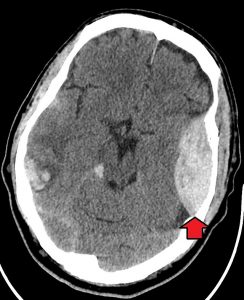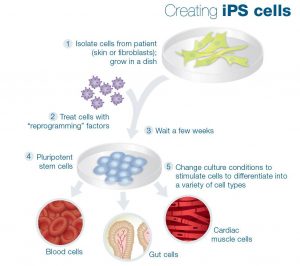Each year there are over thousands of new species that are discovered by professionals. Most of the newly discovered species result in insects, but over the past ten years there have been mammals that were lately identified. One of the mammals that were recognized was the olinguito, scientifically known as the bassaricyon neblina. This species was discovered in August of 2013, in the forest lands of Columbia and Ecuador. It is known to be a cute, furry animal that physically looks like a mix between a teddy bear and a cat. Because the olinguito was recently discovered, there is not a significant amount of information about the mammal, but what is known is interesting material.
The olinguito has a specific need of living in a forestry habitat. Coming from the scientific name of the olinguito, “Neblina” is the spanish term for fog, which describes the type of environment this animal lives in (Smithsonian Scientists). This species is acknowledged as one of the most rare animals that have been discovered in thirty-five years. The reason it is so rare is because it is part of the carnivora family, known as the “flesh devourers”, meaning they devour any living thing, whether it is a plant or an animal (Carnivore). The adorable creature most of the time feasts on fruit or nectar, sometimes even insects (Animalia). The olinguito is the smallest family in the procyonidae family. This family includes animals such as raccoons, coatis, and kinkajous (Animalia). Although this species is fairly new, the population of it is not growing at a fast rate because olinguitos that are fertile can only carry one offspring at a time. The lifespan of olinguitos have researched to be twenty to twenty-five years, just from the research of the recent olinguitos. The population size is unknown because it is so new, but there have already been threats of deforestation and the population of this species to decrease because the lack of environment (Animalia). Because of the animal being newly researched, this limited information is the current knowledge of the species that had been leaked to the public.
With new technology and easier access to discover modern items, residents that lived near the area of which this species lived would take pictures and videos and send them to researchers where they would explore the animal (Five Facts). Professionals at the Smithsonian Museum studied the DNA of this species to identify the exact information needed to analyze. Kristofer Helgen, curator of mammals at the Smithsonian’s National Museum of Natural History mentioned that the discovery of this carnivore is significant because it is the “first step toward understanding the full richness and diversity of life on earth” (Smithsonian). Helgen is also known to be the one who had discovered the olinguito back in 2013. With over a decade of research on this species, Helgen visited the homeland of the olinguito and finally laid his eyes on one. This research began when Helgen was working at the Chicago Field Museum in 2003. He discovered a patch of fur that he was not familiar with, one with much denser hair than the ones he has seen (CNN). Thus, this had triggered his fascination of the fur and Helgen, along with his team, detected facts of the olinguito from artifacts that belonged to the museum. Their work, to this day, has been significant in the world of species.
With the new discovery of species over the years, it shows how diverse our world is. Many new species are found and researched; There are so many found within a year, we may not even know more than half of the species that surround us. Some even dating back to millions of years ago but have just recently been discovered. The research and work put into discovering new species is impeccable. This work allows humans to be aware of the amazing world we live in and the beautiful living life that lives within it. In the depiction below in figure 1 is an image of the olinguito in it’s natural, forest habitat.

Figure 1. “Smithsonian Scientists Discover New Carnivore: the Olinguito” Smithsonian Insider. 15 August 2013. https://insider.si.edu/2013/08/olinguito/
Works Cited
AMNH. “Five Facts: The Olinguito”. American Museum of Natural History. 2015 February 20. https://www.amnh.org/explore/news-blogs/from-the-collections-posts/five-facts-the-olinguito
“Olinguito” Animalia. http://animalia.bio/olinguito
Landau, Elizabeth. “Olinguito The Newest Rare Mammal Species Discovery. CNN. 2013 August 16. https://www.cnn.com/2013/08/15/world/americas/new-mammal-smithsonian/index.html
Stains James Howard and Lariviere Serge. “Carnivore” Encyclopedia of Britannica. 2017 August 16. carnivore-mammal


